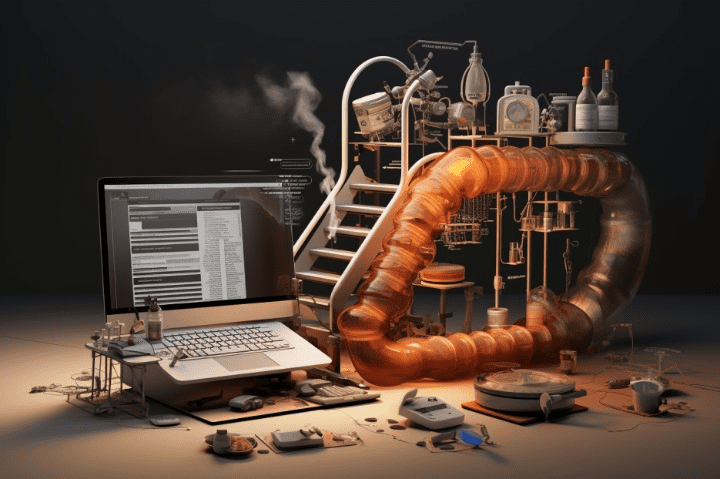Just like everything else in this world, every project has its beginning, development, and completion.
Depending on the nature, scope, complexity, and objectives of a project, different phases and types may be required within the project management life cycle.
In this article, we will examine the sequence of phases that represent the foundations of a successful project and discuss their importance for risk management, customer satisfaction, and the quality of the final product.
What is the Project Life Cycle?
Fundamentally, the project life cycle is a sequence of initiation, planning, execution, and completion phases aimed at creating a high-quality product.
The customer's request is satisfied by a preliminary analysis of the customer's business objective. The main phases that a software project goes through are:
- Planning phase;
- Development process;
- Product testing and launch;
We explain in this section how the requirements gathering process for the development of custom software takes place.
Initially, the development team commits to understanding the customer's needs and project objectives in detail.
This involves brainstorming sessions, interviews with stakeholders, and detailed analysis of the customer's workflow. Once all the necessary information is gathered, the development team initiates the software design phase, always keeping the specific customer requirements in mind.
Once the goals are clear and well-defined, we move on to the engineering and design phase, which involves a series of detailed activities including requirements analysis, architecture design, selection of the most suitable technologies, and the development of an implementation strategy.
The project's statement of purpose is born from these initial phases.
This statement will guide all future efforts, ensuring that each step forward moves in the right direction to achieve the ultimate goal.
Essentially, the statement of purpose is the compass that guides the project to success.
Planning and project development immediately follow, with the aim of creating a functional product capable of providing value to the organization from day one.
The goal is to develop a minimum viable product (MVP) that is functional, but the process does not stop there. We collaborate to chart the path towards creating a final product that is fully operational and ready for use.
Furthermore, our commitment continues even after product delivery, with a team always available to provide post-launch support and meet all your needs.
Keep reading to discover the key factors of the project life cycle and how to manage them effectively.
Let's analyze the key factors together
There are various performance aspects to consider when carrying out a project.
Some of the most important ones include:
- Cost: There are many factors to consider, such as maintenance cost, operating cost, and long-term value of the investment. These are all elements that can significantly influence the overall cost of your project.
- Scalability: Recognized as a fundamental component in any type of project, it plays a key role in determining long-term success. It not only allows for growth and expansion but also adaptation to changes and improvements.
- Integration: In the complex and multifaceted world of design, it is no longer an option but a necessity that allows the various elements of a project to work in harmony to achieve the intended goals.
Through integration, it can be ensured that every aspect of the project is considered and works synergistically with others, maximizing efficiency, avoiding contradictions and conflicts, and ensuring that the project as a whole is more than the sum of its parts.
- Time: How long does a project take to achieve desired results? The goal is to minimize the time taken without sacrificing quality.
- Quality: The quality of the final outcome is another performance indicator. A high-quality project reflects optimal performance.
- Reliability: A project with good performance should be reliable, capable of producing consistent results under different conditions.
- Performance: It is a key element to consider in project design. It is an indicator of how resources such as time, cost, quality, and reliability are managed and utilized to achieve the desired results.
Some practical tips
The rush to make a decision often leads to complex and costly solutions that ultimately do not fully solve the problems.
The work process of Colibryx is tailored and flexible.
We focus on carefully identifying your needs to develop a proposal that meets your business requirements.
To stay ahead, we are constantly training and updating ourselves on new technologies and the latest design trends. We are here to bring your project to completion.
